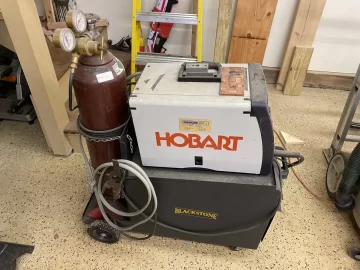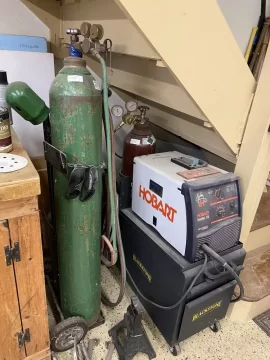I'm sure there are more than a few people on here with welding experience.
I am shopping for a wire feed welder. I have experience (I am no pro but have done a bit of welding with both stick and wire). Mostly welded with an old buzz box stick, a little with a titanium 110v (no gas) and a good lincoln mig (with gas but way out of my price range). I don't need gas and I am not looking to do professional work. Just odd jobs. The max material will be 1/2."
The 2 machines I am looking at are the forney 140 (no gas but more wire speed and voltage adjustment) and the lincoln easy mig (gas but no regulator and adjustments on speed and voltage are not as good). Both of good reviews for what I am looking to do and are in my price range (around $300).
Any opinions or experience with these machines? Any other machines in my price ranges others have bought and like?
I am shopping for a wire feed welder. I have experience (I am no pro but have done a bit of welding with both stick and wire). Mostly welded with an old buzz box stick, a little with a titanium 110v (no gas) and a good lincoln mig (with gas but way out of my price range). I don't need gas and I am not looking to do professional work. Just odd jobs. The max material will be 1/2."
The 2 machines I am looking at are the forney 140 (no gas but more wire speed and voltage adjustment) and the lincoln easy mig (gas but no regulator and adjustments on speed and voltage are not as good). Both of good reviews for what I am looking to do and are in my price range (around $300).
Any opinions or experience with these machines? Any other machines in my price ranges others have bought and like?




